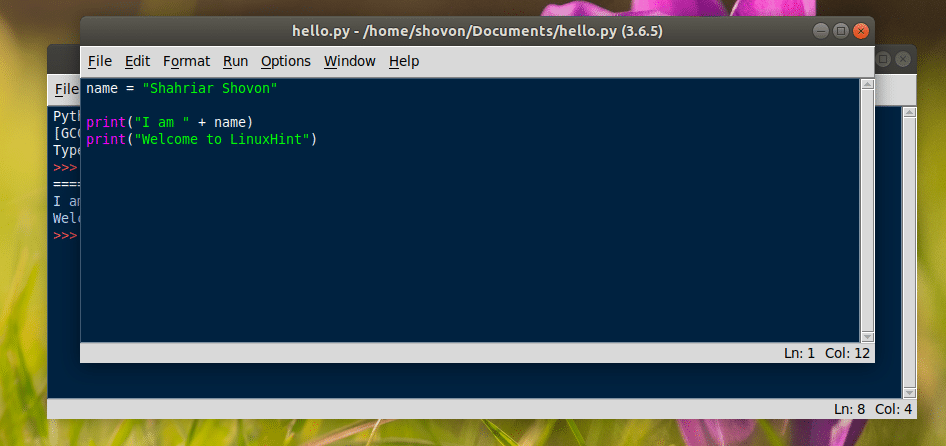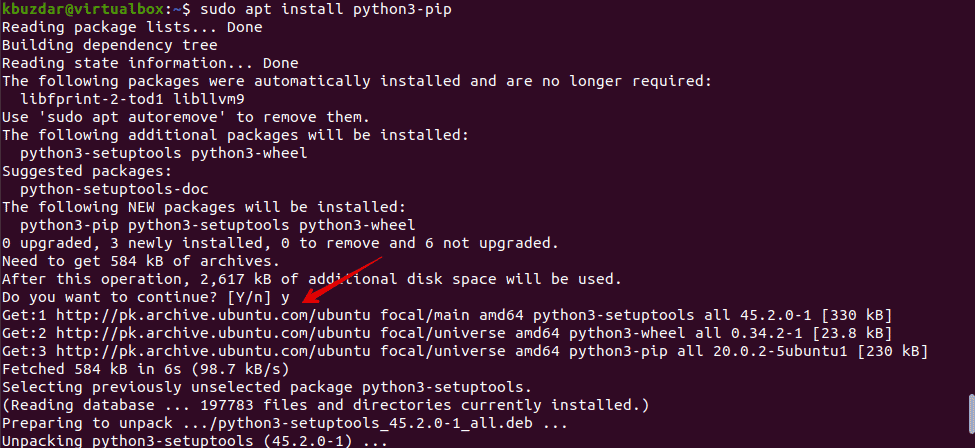


Once the installation is finished, we will download the source code from the official page using wget.

sudo apt install build-essential checkinstall sudo apt install libreadline-gplv2-dev libncursesw5-dev libsqlite3-dev tk-dev libgdbm-dev libc6-dev libbz2-dev First, some build dependencies will have to be installed using the following commands. Now we are going to see how to install Python from scratch by downloading and complicating the package that we are going to download. Python 3.6.0 Download, compile and install Python 3.6 on Ubuntu The previous command will show us a message like this on the screen: Once the installation is finished, we are going to check the version that we have just installed by typing the following in the terminal: python3.6 -V Python 3.6 is included in the university repository for Ubuntu 16.10 and Ubuntu 17.04, so it can be easily installed with the following commands: sudo apt update sudo apt install python3.6 Installing Python 3.6 on Ubuntu 16.10, Ubuntu 17.04 from the universal repository 2 Download, compile and install Python 3.6 on Ubuntu.1 Installing Python 3.6 on Ubuntu 16.10, Ubuntu 17.04 from the universal repository.


 0 kommentar(er)
0 kommentar(er)
